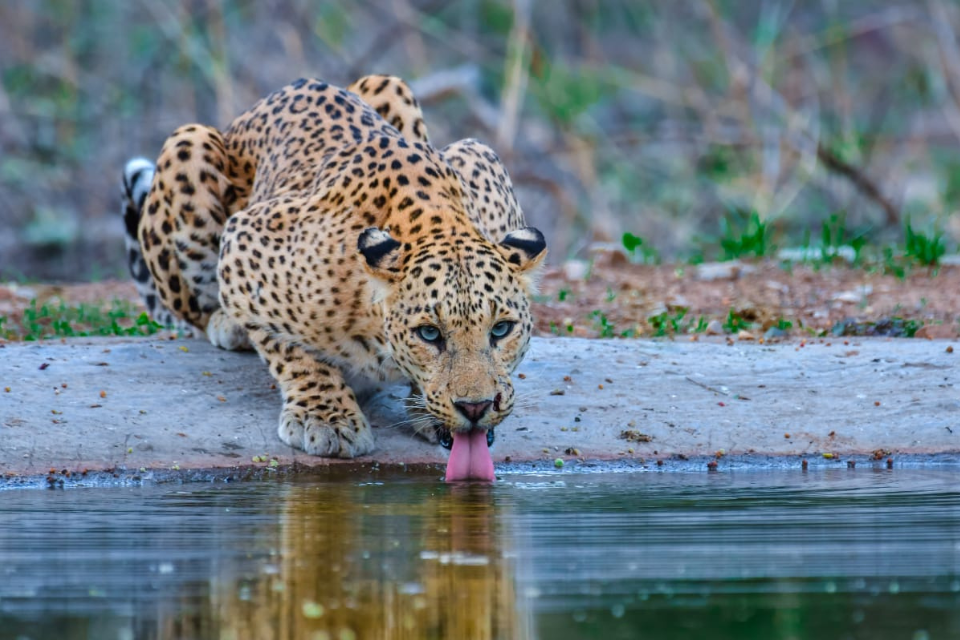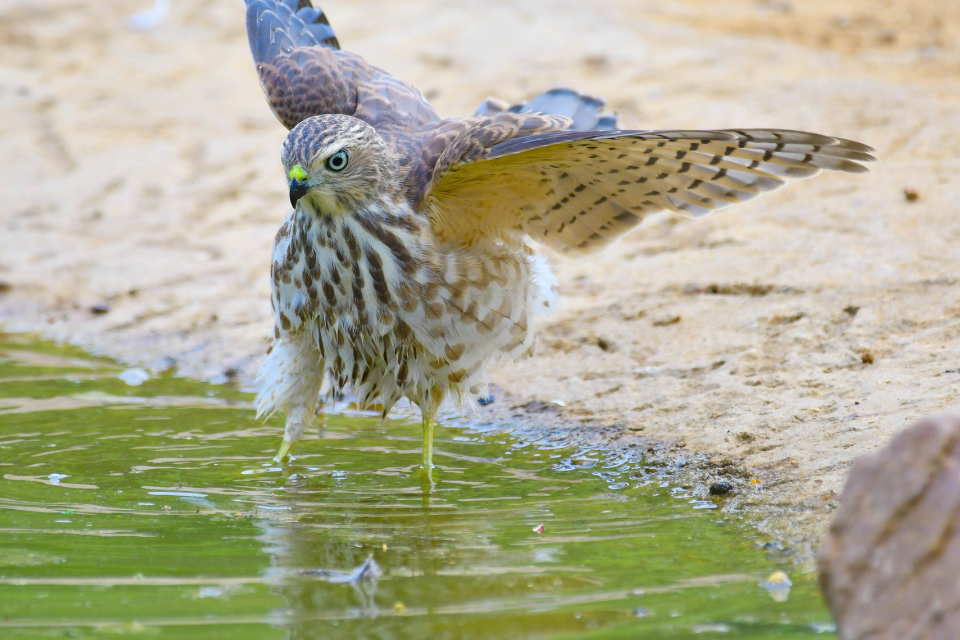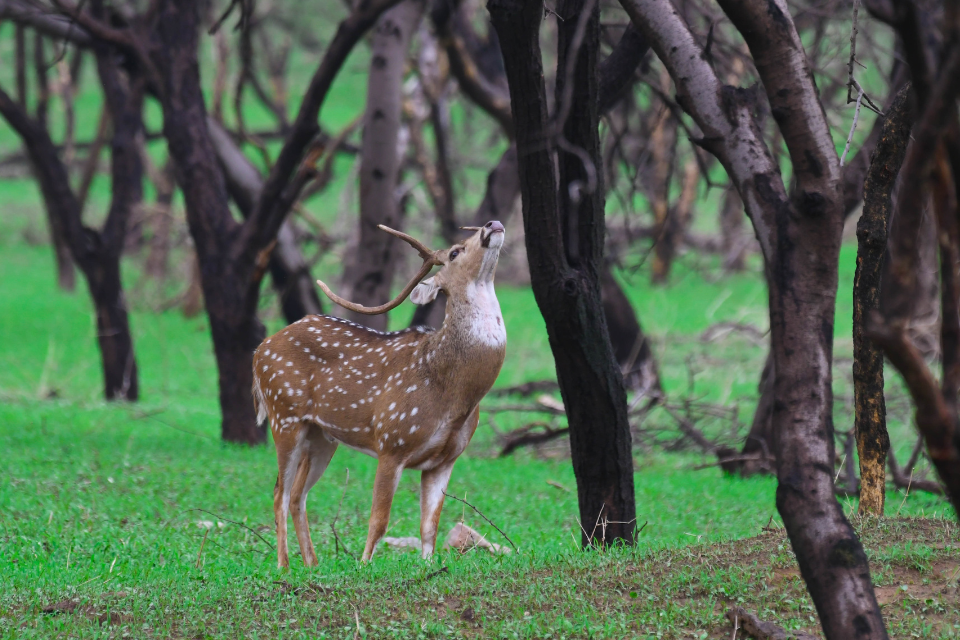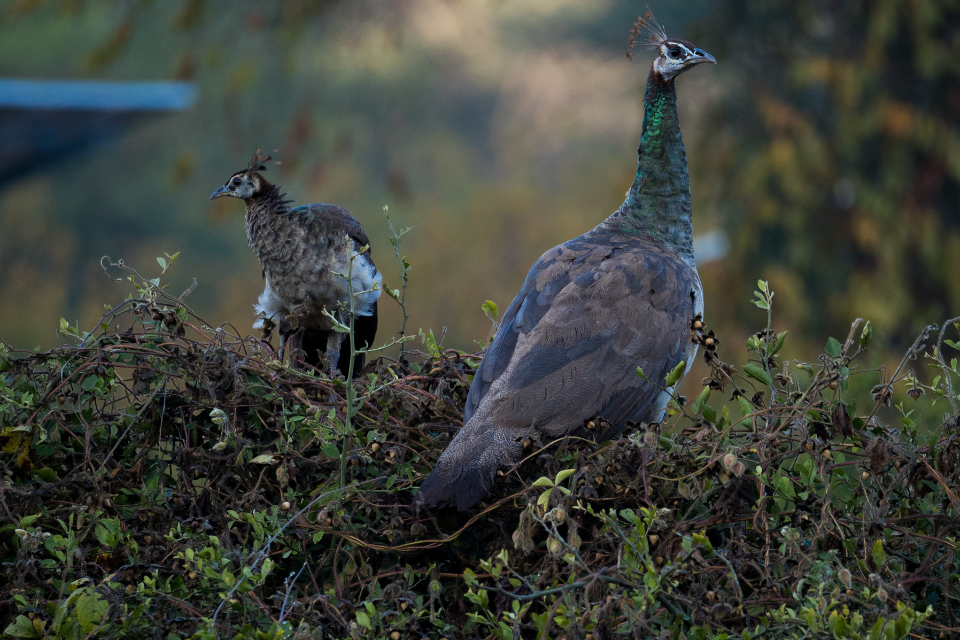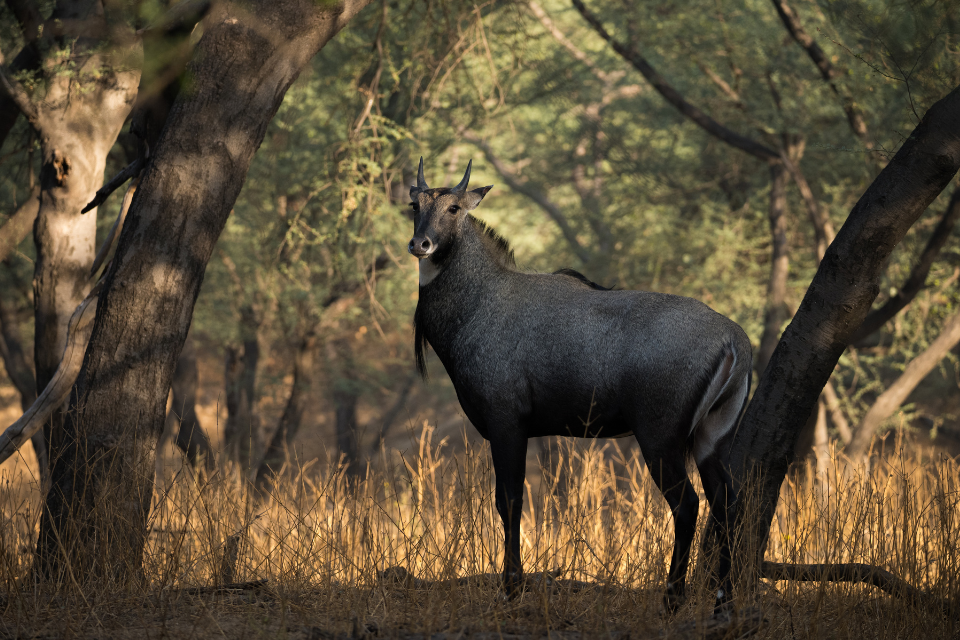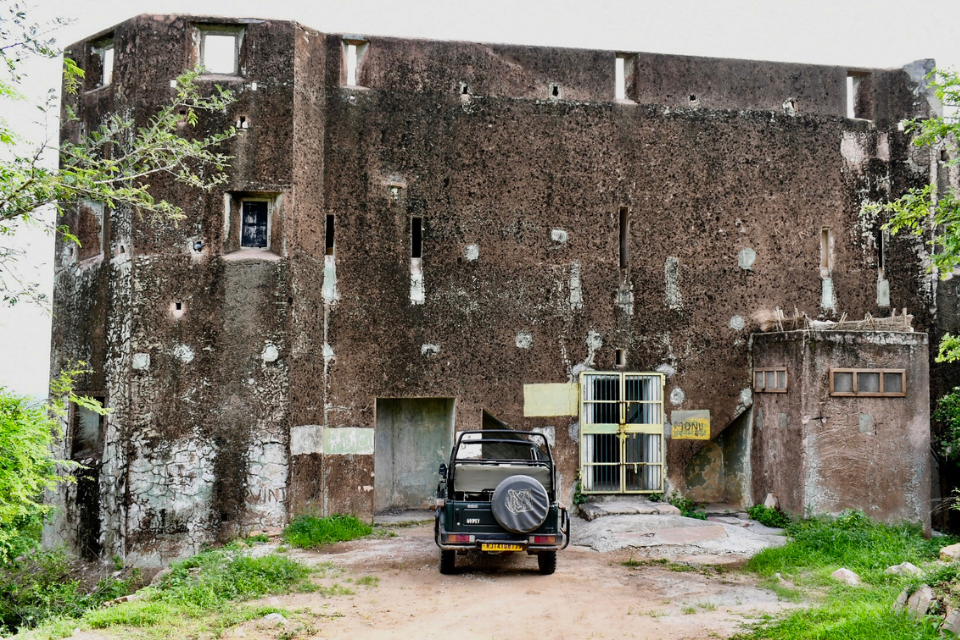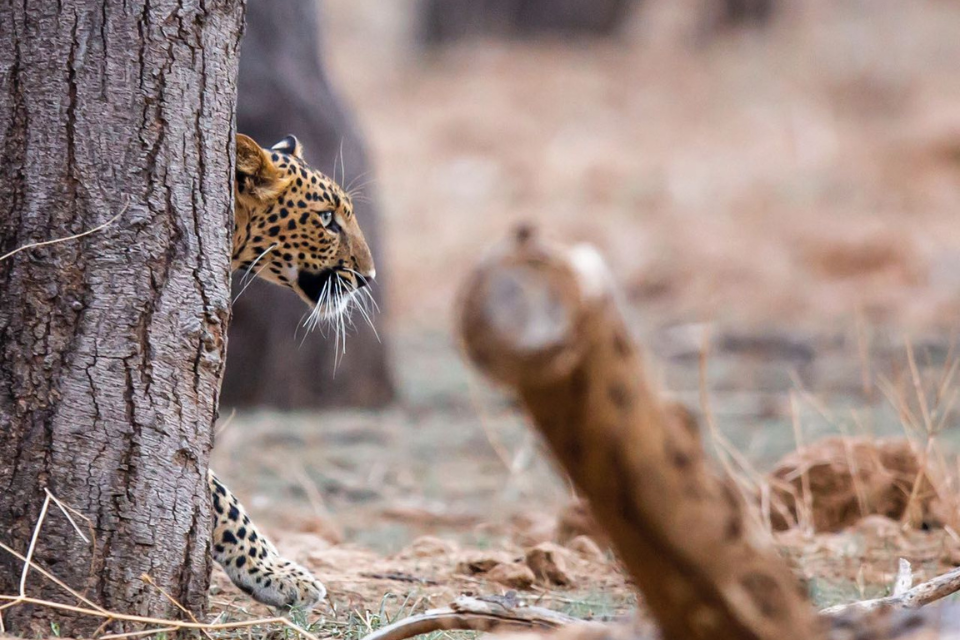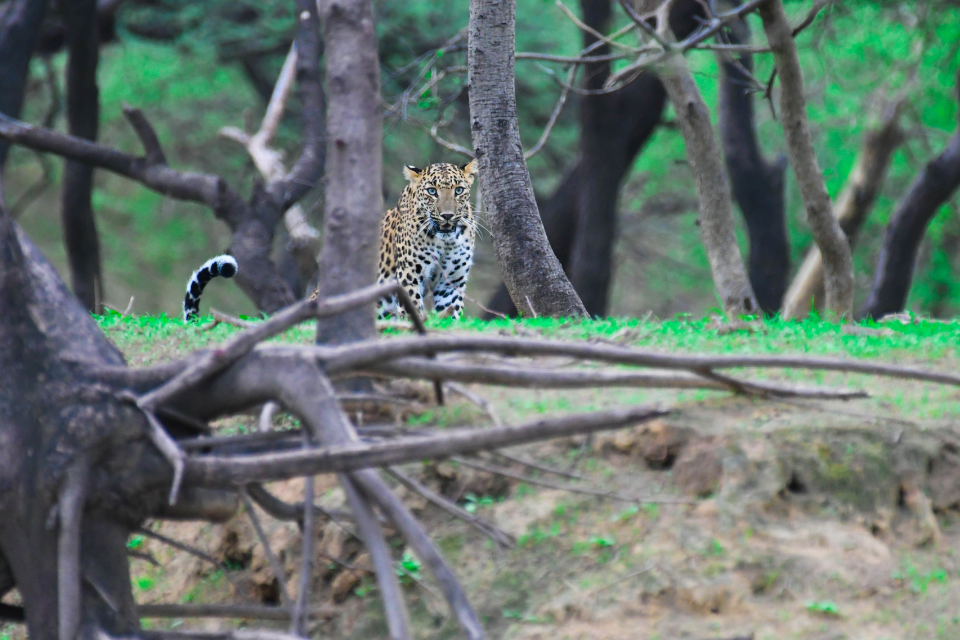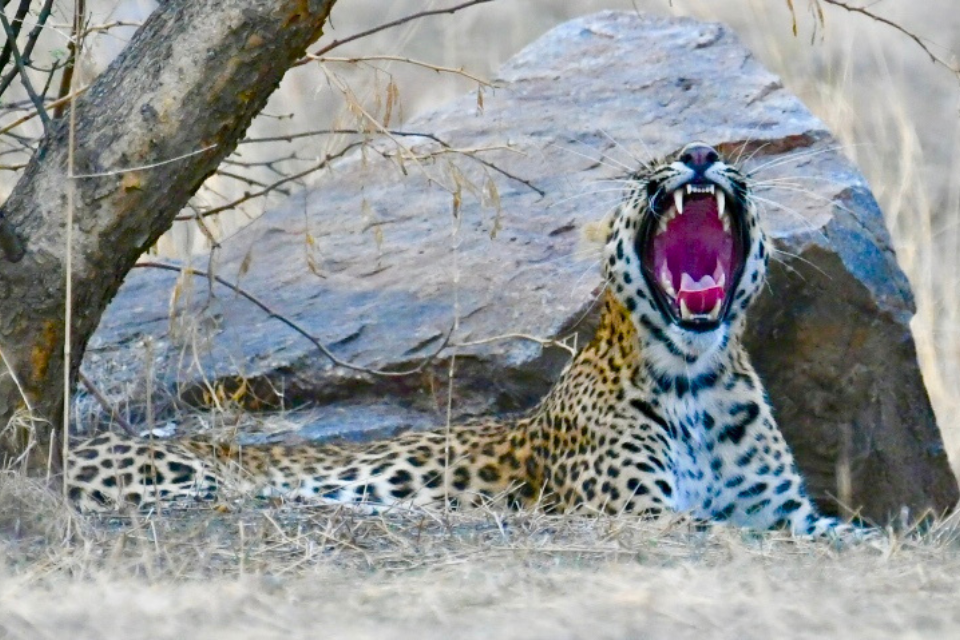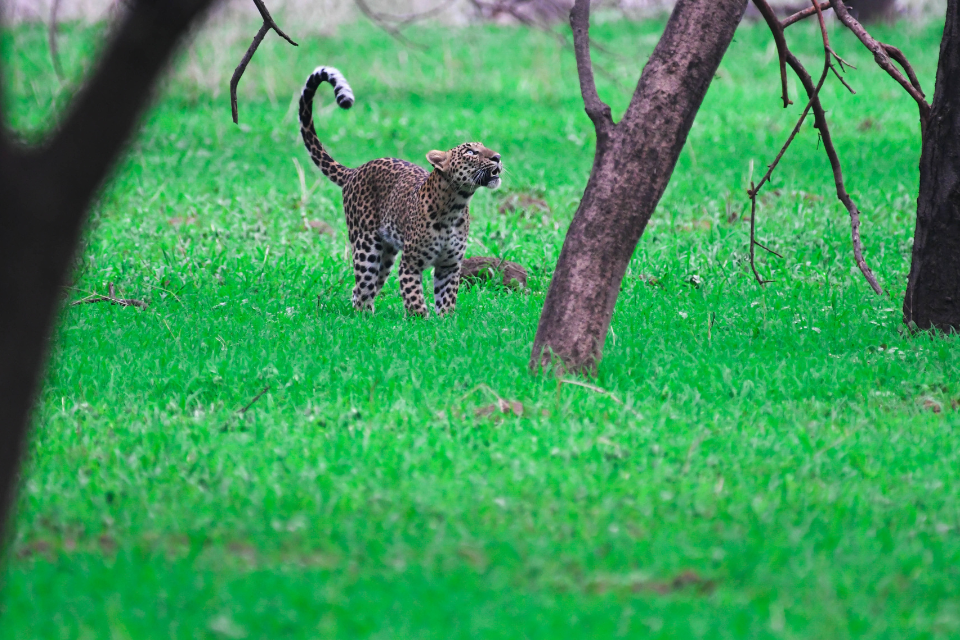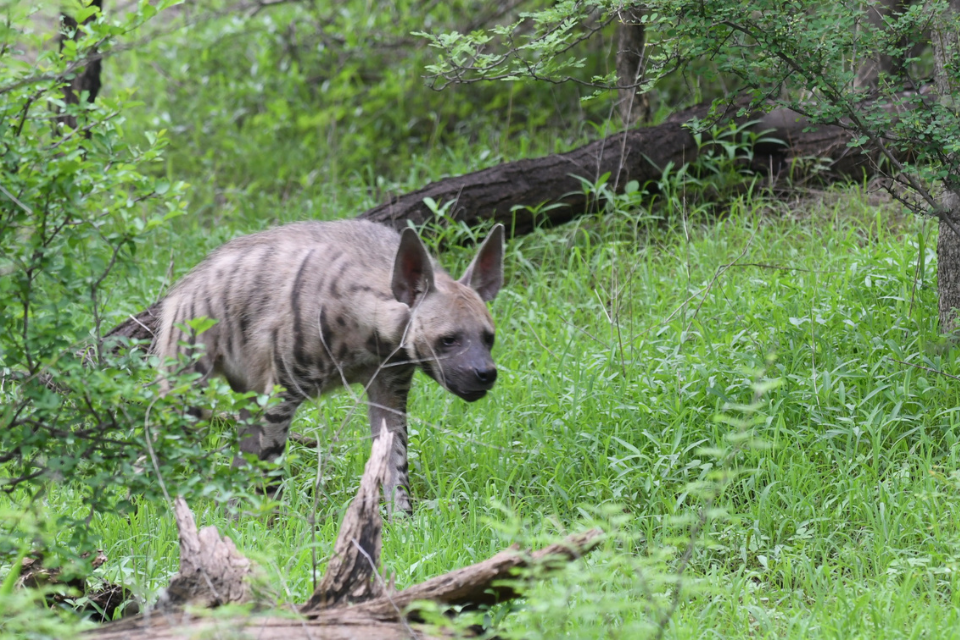- September 8, 2025
Month-by-Month Planner: Best Time to Go Leopard Spotting in Jaipur
Leopard safaris around Jaipur (Jhalana, Amagarh and Beed Papad/Maila Bagh) are unique: you’re tracking big cats in the Aravalli hills just minutes from a royal city. But “when” you go matters. Weather swings from crisp winter mornings to blazing pre-monsoon afternoons and lush green monsoon valleys. This planner breaks down every month—what conditions to expect, whether morning or evening is better, what to pack, and how to optimize sightings.
Quick answer: For pleasant weather and consistently good sightings, November to April is the sweet spot. Safaris run year-round with seasonal timing tweaks, but winter and the shoulder months are the most comfortable for visitors.
At-a-Glance Calendar (Jaipur Leopard Safaris)
Month | Weather & Landscape | Morning or Evening? | What to Expect |
Jan | Cold, dry; pale golden grass | Morning for soft light (wrap up) | Crisp air, long views; busy season |
Feb | Cool, dry; visibility high | Morning edges it | Peak comfort; good cat movement |
Mar | Warm, very dry | Morning (cooler) | Sparse foliage aids visibility |
Apr | Hot, arid | Evening (cooler light) | Leopards rest midday; hydrate well |
May | Very hot; dust haze | Evening best | Fewer crowds; heat management key |
Jun | Pre-monsoon heat, first showers | Evening | Patchy storms; dramatic skies |
Jul | Monsoon; lush green | Either, watch rain | Fresh scents; peacocks display |
Aug | Peak monsoon; heaviest rain | Gaps between showers | Emerald hills; plan flexibly |
Sep | Late monsoon; clearing | Morning regains edge | Misty mornings; rising activity |
Oct | Post-monsoon; pleasant | Morning | Clear views, fewer bugs |
Nov | Cool, dry; peak comfort | Morning | Prime season; book early |
Dec | Cold mornings; bright days | Morning (layer up) | Great light; strong demand |
Why this pattern? Jaipur’s rainy period typically spans June–September (August often the wettest), winters are cool and dry, and pre-monsoon spring is hot and arid—conditions that influence animal movement and human comfort.
Jhalana & Co. Safari Timings (Typical)
Safari shifts adjust by season. As a rule of thumb, one morning and one evening slot operate daily; exact hours slide with sunrise/sunset. Examples from official and operator pages:
- Aug–Oct: ~06:45–09:15 & 15:45–18:15
- Nov–Jan: ~07:00–09:30 & 15:15–17:45
- Feb–Mar: ~06:15–08:45 & 15:45–18:15
- Apr–May: ~05:45–08:15 & 16:15–18:45
- May–Jul: ~05:45–08:15 & 16:45–19:15 (late sunsets)
Always re-check the slot shown at booking; timings vary with season and park notifications.
Month-by-Month: How Each Month Feels & How to Plan
January
- Conditions: Cold mornings (layer up), crystal-clear light, low humidity.
- Why go: Peak visibility with dry grass; comfortable for long gypsy rides.
- Tactics: Choose morning for golden light and relaxed leopard movement; carry a light jacket and gloves.
- Crowds: High—book early.
February
- Conditions: Cool, bright; vegetation still sparse.
- Why go: Arguably the best mix of comfort + visibility.
- Tactics: Morning still wins; plan a second shift to hedge sightings.
- Bonus: Winter birdlife around Jaipur remains strong till late Feb (consider Jal Mahal/Chandlai add-ons).
March
- Conditions: Warm and dry; haze may creep in afternoons.
- Why go: Leaf-drop improves sight lines; fewer layers needed.
- Tactics: Morning preferred for cooler hours; carry dust protection for lenses.
April
- Conditions: Hot, arid; animals rest midday.
- Why go: Lower crowds; cats often use rocky shade predictable to guides.
- Tactics: Evening for cooler temps and softer light; hydrate and wear a hat.
May
- Conditions: Very hot; some afternoons windy/dusty.
- Why go: Lean season pricing and fewer jeeps; patient tracking pays off.
- Tactics: Evening is more comfortable; plan ice packs and electrolyte salts.
June
- Conditions: Pre-monsoon heat; first showers.
- Why go: Dramatic skies, aromatic scrub after rain; wildlife re-energizes post-shower.
- Tactics: Book flexibly; evening after light rain can be superb.
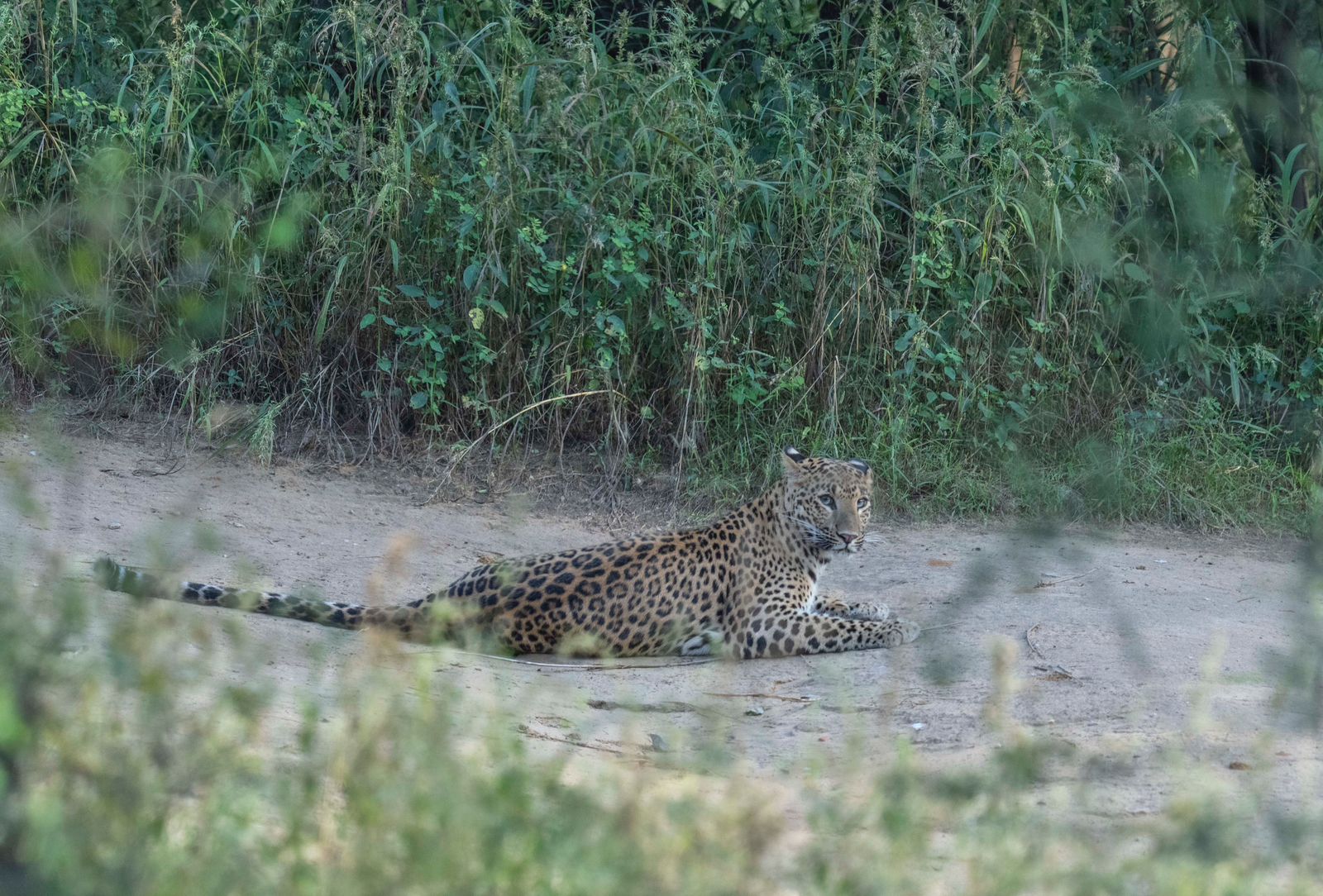
July
- Conditions: Monsoon sets in; valleys turn green.
- Why go: Cooler feel; peafowl displays are common in rains across Rajasthan; lush backdrops for photos.
- Tactics: Carry rain cover for gear; safaris operate but may pause in heavy bursts.
August
- Conditions: Wettest month on average; tracks can be slushy.
- Why go: Vivid greens, moody light—beautiful images between showers.
- Tactics: Stay flexible with morning or evening; bring quick-dry layers. (Note: Jaipur often peaks in rainfall around August.)
2025 note: Rajasthan’s ongoing monsoon has been stronger than last year, including heavier rainfall in Jaipur; pack rain gear and allow buffer time in late July–August.
September
- Conditions: Rains taper; clearer mornings; mild humidity.
- Why go: Fresh growth with improving track conditions; fewer crowds than winter.
- Tactics: Morning regains its edge; expect misty photo conditions.
October
- Conditions: Post-monsoon clarity; pleasant days and cool nights.
- Why go: A favorite among photographers—clean air, lush yet manageable foliage.
- Tactics: Morning for soft light; evenings are lovely too.
November
- Conditions: Cool, dry, highly comfortable.
- Why go: One of the best months for overall experience; book early.
- Tactics: Morning slots for prime light; plan a second shift as insurance.
December
- Conditions: Cold mornings, bright afternoons; minimal rainfall.
- Why go: Strong winter light and festive Jaipur vibes.
- Tactics: Morning with layers; tea/coffee stops help. (December is among the driest months.)
Morning vs Evening: Which Shift Is Better?
- Winter (Nov–Feb): Mornings win for light and crisp air; big cats patrol at dawn.
- Hot months (Apr–May): Evenings are more comfortable; leopards get active as heat drops.
- Monsoon (Jul–Aug): Either shift, depending on showers; breaks in rain can trigger movement.
- Reality check: Sightings are never guaranteed—book two or more drives to increase odds. Safari timings vary by season; check the slot on your booking receipt.
Where to Go: Jhalana, Amagarh & Beed Papad (Quick Notes)
- Jhalana Leopard Reserve: The classic Jaipur leopard park; runs year-round with seasonal timing adjustments published by operators.
- Amagarh Leopard Reserve: Similar two-shift pattern; many operators quote ~05:30–08:00 and ~16:45–19:15 (varies by season).
Beed Papad / Maila Bagh: Emerging zone; schedules typically mirror the two-shift model—watch official portals for updates.
Packing & Photography: Seasonal Checklists
Winter (Nov–Feb)
- Light down/thermal layer for dawn rides, beanie, gloves
- Lens cloths (dust is low but mornings can be dewy)
- Great season for bird add-ons at Jal Mahal/Chandlai (migrants).
Summer (Mar–May)
- Sun hat, UV sleeves, electrolytes, 2L+ water
- Heat-safe camera batteries (spares)
- Long lenses benefit from heat-haze mitigation—shoot earlier/later
Monsoon (Jun–Sep)
- Rain covers for body/lens, quick-dry layers, silica gel
- Closed footwear with tread; small towel for seats
- Expect saturated greens and dramatic skies
Booking Smart (and Ethically)
- Reserve early in peak months (Nov–Feb); winter slots sell out quickly.
- Read the shift time on your voucher; operators publish seasonal tables (e.g., 05:45–08:15 in late spring).
- Choose experienced drivers/guides—they read pugmarks, alarm calls, and shade patterns.
- Respect distance; never pressure a cat by crowding with vehicles.
- Stay quiet, seated, and belt on—it boosts everyone’s chances (and your safety).
Birding Bonus: Why Winter Safaris Pair Well with Lakes
If you love birds, winter (Nov–Feb) is a jackpot. Jal Mahal’s Man Sagar Lake and Chandlai see migratory ducks, geese and even pelicans most winters—perfect for a midday break between safari shifts.
2-Day Sample Plan (Flexible by Month)
Day 1 (AM): Jhalana morning shift → breakfast in the city
Day 1 (PM): Amagarh evening shift (sunset over ridgelines)
Day 2 (AM): Jhalana/Beed Papad (as available) → Winter only: Jal Mahal birding walk; Monsoon: Nahargarh viewpoints, city cafes for rain breaks.
FAQs
1) What’s the single best month for leopard sightings in Jaipur?
There isn’t a “guaranteed” month, but for comfort + odds + light, November to February stands out. Book two or more drives to increase your chances.
2) Do safaris run during the monsoon?
Yes. Jaipur’s leopard safaris operate year-round with seasonal shift times, including monsoon months—though heavy rain can delay a drive.
3) Morning or evening—what should I choose?
- Winter: morning for light/comfort
- Summer: evening for cooler temperatures
- Monsoon: whichever has a rain break (often evening)
Always verify your shift timing at booking.
4) Is August a bad time because of rain?
Not bad—just wet. August is often the rainiest month, so plan flexibly and carry rain covers; between showers, conditions can be spectacular.
5) What clothing and gear are essential?
Winter: warm layers. Summer: sun protection and electrolytes. Monsoon: rain covers and quick-dry clothing. A 200–500mm lens range works well for portraits and behavior.
6) How far in advance should I book?
For Nov–Feb weekends and holidays, aim for a few weeks in advance; weekdays are easier. Always check operator calendars for the latest slots and seasonal timings.
Disclaimer All images used in this blog are either sourced from public domain or credited to their respective owners. If you are the copyright holder of any image and wish to request its removal or proper attribution, please contact us at [email protected]



